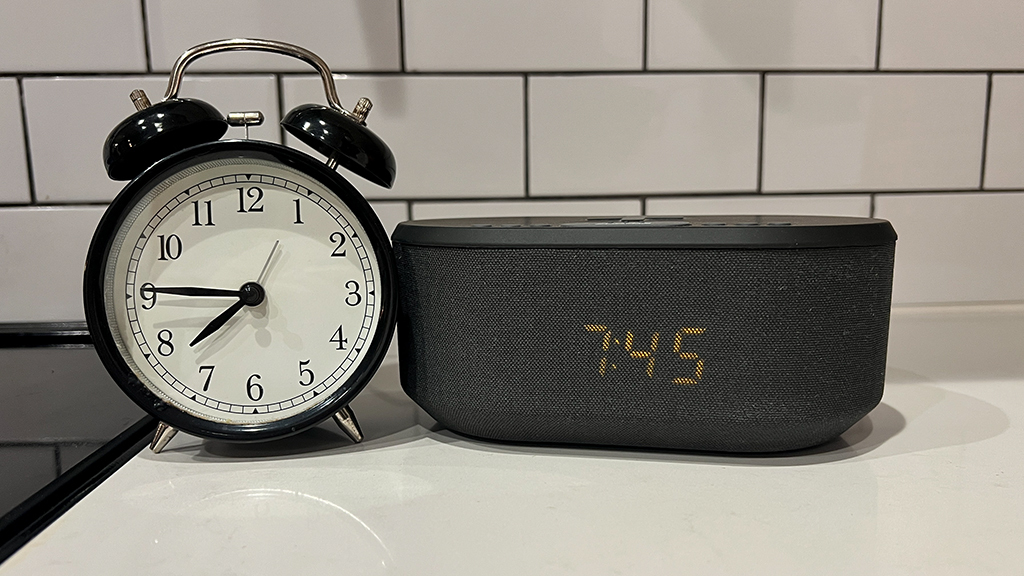Grade 4
NSTA EQuIP Reviews
The EQuIP Rubric for Science provides criteria by which to measure how well lessons and units are designed for the NGSS. This page houses NSTAs EQuIP Rubric Reports for Grade 4. Learn more about the review process.
4.1 Energy Transfer: Collisions
Why does an object's motion change?
Developer | Score | Report | Awarded |
|---|---|---|---|
| OpenSciEd | E: Example of | Download Report (PDF) |  |
Unit Summary
What sports and games do you like to play? What objects move in those games? How do they change motion? In this unit, students experience and observe what happens to a soccer ball as they pass it back and forth to a partner at different distances and then explore other games. The unit supports students in developing foundational ideas about energy, its relationship to changes in motion and shape, and to find evidence that energy has been transferred between two objects when they collide. Through a series of investigations, students understand that contact forces between two colliding objects (e.g., a foot and a soccer ball or a ball and a surface) transfer energy from one object to the other, and that increasingly bigger kicks (stronger forces) cause the ball to travel farther and with more speed. Students also investigate how energy transfer occurs when a ball or other moving object slows down as it transfers energy to the surface it is moving on, how energy transfers as sound and/or heat to the surroundings in addition to changing motion and shape.
4.2 Energy Transfer: Electricity
How do we power computers and other electrical devices?
Developer | Score | Report | Awarded |
|---|---|---|---|
| OpenSciEd | E: Example of | Download Report (PDF) |  |
Unit Summary
Have you ever had a clock or other device stop working? What happened to make it stop working? In this unit, students make observations of a winding clock and a plug-in clock and consider the similarities and differences in what makes the two turn on and stay on. From there, the unit supports students in developing ideas about energy transfer by electrical currents as they go on school tours, take apart devices, and build simple circuits. Students also notice that some devices we use to tell time always know what time it is, and some have to be set by hand, which leads us to wonder how devices are designed to communicate and receive information. Students engage in an engineering design project about information and energy transfer and learn about how designs are shaped by criteria and constraints. Unit investigations also help students understand that we generate electricity from renewable and nonrenewable resources. To end the unit, students apply all the ideas they have learned to design a Martian space rover that we power and can communicate with from Earth.
4.3 Earth's Processes
What causes land and things on it to change? How can we reduce the impacts on humans?
Developer | Score | Report | Awarded |
|---|---|---|---|
| OpenSciEd | E: Example of | Download Report (PDF) |  |
Unit Summary
What do you think it would take to break a road or change rocks? In this unit, students explore land changes like these and more in various U.S. National Parks. From quick changes in Acadia National Park to very slow changes in Guadalupe Mountains National Park, students have the opportunity to investigate, model, and analyze and interpret data in order to determine the causes of changes to land and things on it. As students figure out about the hazards that changing land can present for humans, they begin to wonder where specific hazards are most likely to happen. They are able to determine patterns in the locations of some natural hazards by analyzing and interpreting data presented through maps. Once students have figured out how and where land can change, they engineer a solution to solve a problem caused by waves in Acadia National Park. They test and compare designs, provide feedback, and determine which solution would be most effective in reducing hazards on a road when large waves are present.





